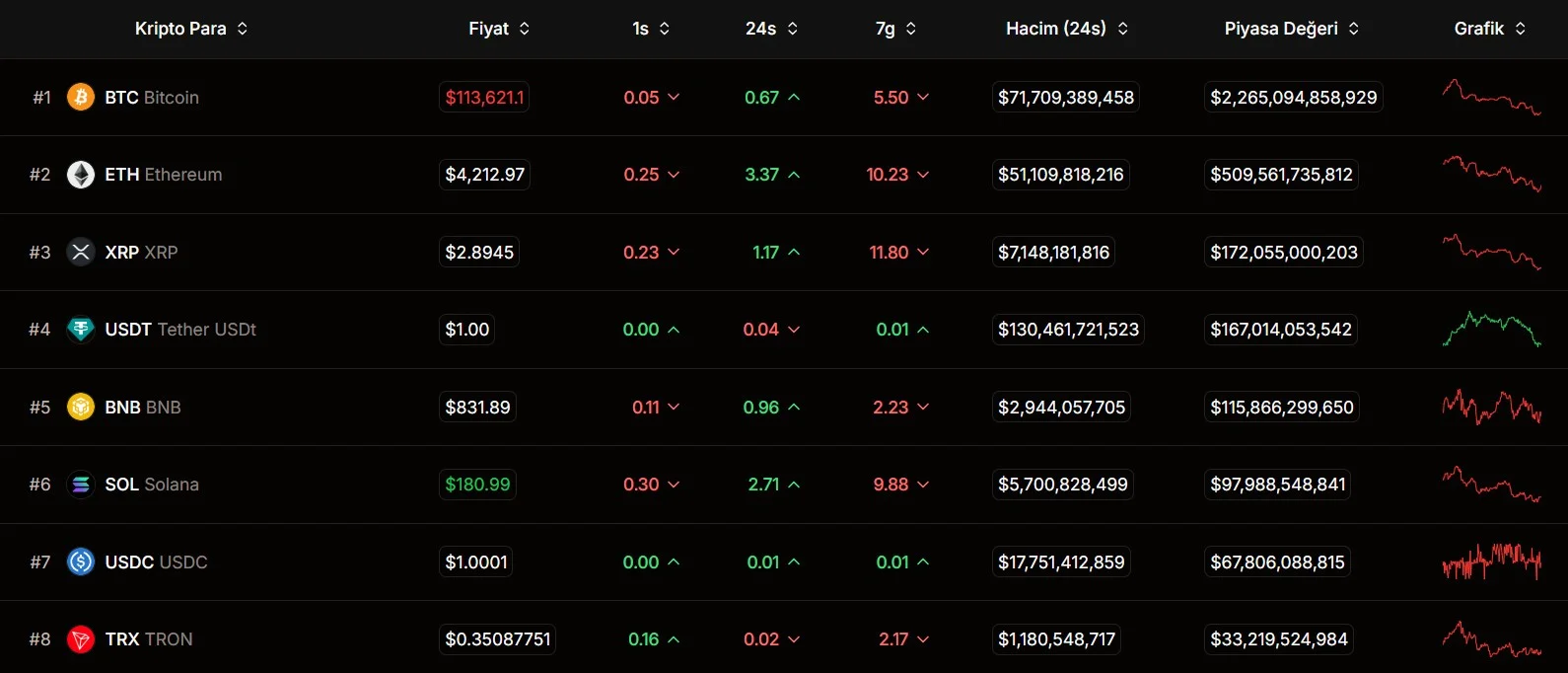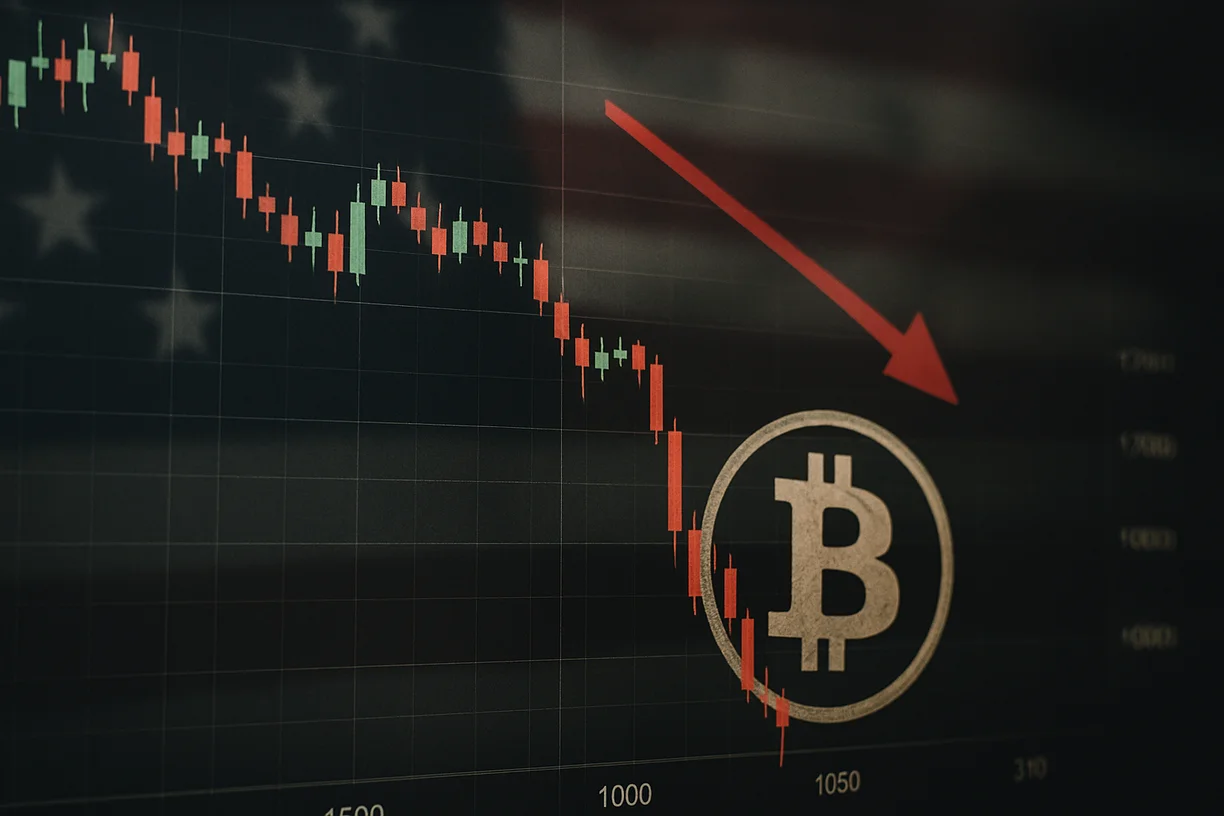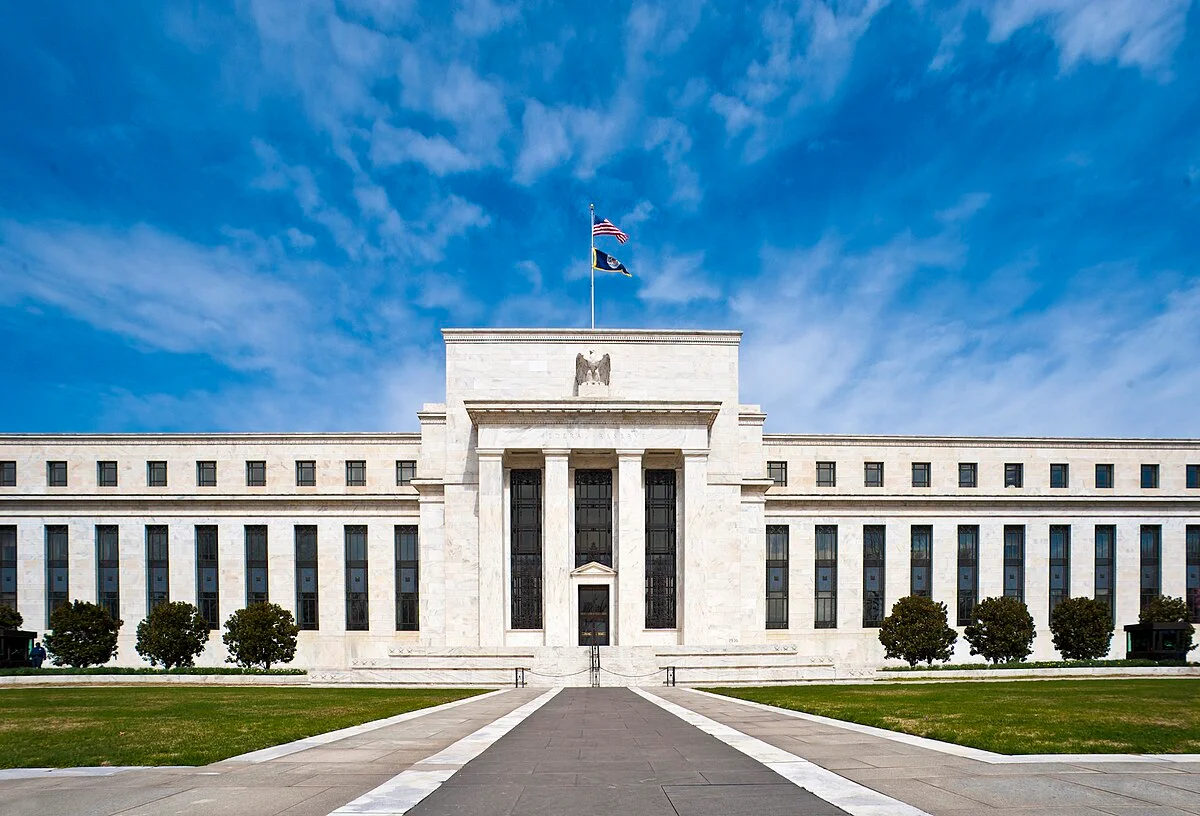Bitcoin and other major cryptocurrencies have experienced significant price declines in recent days. Bitcoin has fallen by over 5%, falling from record highs above $124,000 to $113,500. Other major tokens like Ethereum (ETH), XRP, and Solana's SOL have also experienced corrections, dragging the broader market down. On Wall Street, the tech-heavy Nasdaq index fell 1.40% to $23,384 from a record high of $23,969 a week ago, indicating weakening bullish momentum.

Most market commentators attributed these losses on Wall Street and the crypto markets to investor risk aversion ahead of Federal Reserve (Fed) Chair Jerome Powell's speech at this week's Jackson Hole event. The prevailing view was that persistent inflation data could prevent Powell from meeting the market's dovish expectations. However, analysts suggest the real driver of this decline is different.
What's Behind the Bitcoin decline?
According to David Duong, head of institutional research at Coinbase, the primary reason for this sharp market sell-off is fear of the US government's anticipated liquidity withdrawal from the Treasury's General Account (NPL). Duong said, "Jackson Hole and the PPI are simply excuses for market participants to reduce risk ahead of the US Treasury's NPL liquidity withdrawal (approximately $400 billion) in the coming weeks. This explains why Bitcoin, along with many stocks, has lost its trend. However, we believe the path forward in September is clearer."
The Treasury General Account is the US government's operating account at the Fed. It is used to collect taxes, customs duties, proceeds from securities sales, and public debt revenue, while also facilitating government payments. Just like our savings accounts, the NPL balance fluctuates daily, rising with revenues and falling with payments.
The Treasury typically spends its cash balance during periods of fiscal uncertainty, such as the persistent debt ceiling, to enable the government to meet its obligations. NPL expenditures support risky assets by increasing liquidity in the system. The opposite occurs when the Treasury attempts to rebuild its balance by issuing more debt than necessary to finance its liabilities. This tends to drain liquidity from the system.
According to data source MacroMicro, the NPL balance has increased from approximately $320 billion to over $500 billion since the end of July. Seeking Alpha estimates that the Treasury may need to issue $500-600 billion worth of new debt over the next two to four months to return the NPL to healthy levels.
According to Delphi Digital, this restructuring is occurring under more fragile conditions than in previous years. “Compared to 2023, the financial system now faces fewer liquidity buffers, tighter balance sheet capacity, and reduced foreign demand for Treasury bills. The structural ability to absorb large-scale issuances has weakened across all major channels. If the Federal Reserve maintains its tightening stance or delays a pivot, the mismatch between supply and current demand could increase funding rates and spill over into a broader range of risky assets, including crypto,” said Marcus Wu, research analyst at Delphi Digital.
Wu added that the recent large-scale restructuring in the second half of 2024 was offset by other pro-liquidity developments, such as the $2 trillion in the Fed’s RRP facility, healthy bank reserves, and strong foreign demand for debt. However, these factors have eroded over time, leaving the current liquidity environment vulnerable to disruption, as Wu noted.
Profit-taking and macroeconomic developments are driving Bitcoin and altcoins
Furthermore, according to experts, Bitcoin and Ethereum also experienced declines due to profit-taking and repositioning ahead of Fed Chair Powell's Jackson Hole speech.
With the current market consolidation, analysts said investors are closely monitoring exchange-traded funds (ETFs) and macroeconomic catalysts. After a record-breaking July, spot Bitcoin ETFs saw a slowdown in inflows and even some net outflows this month. Ether ETFs, which saw strong inflows in the first two weeks of August, have also recently begun to see outflows.
Investors are now closely watching the minutes of the Federal Open Market Committee (FOMC) July meeting, due out on Wednesday, and Federal Reserve Chair Jerome Powell's speech in Jackson Hole on Friday. "The most important event in the near term is Powell's Jackson Hole speech this Friday," said Peter Chung, head of research at Presto Research. "The market is already expecting a rate cut in September. If he says something contradictory, expect a sharp correction. However, if he exhibits a more dovish tone than expected, the market could rally," Chung said. Chung noted that the market movements over the past few days are a result of investors positioning themselves for the outcome of this important event, which remains uncertain.




